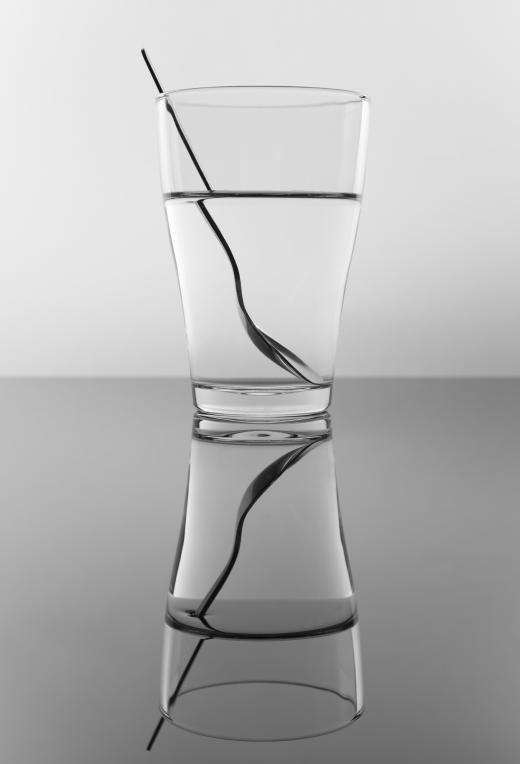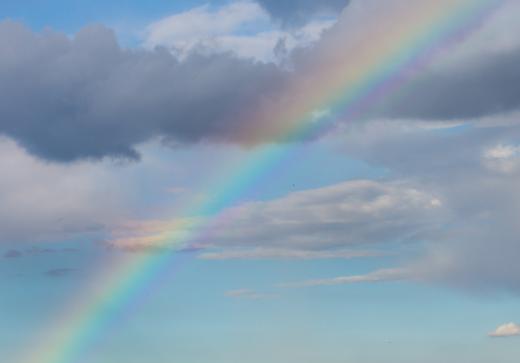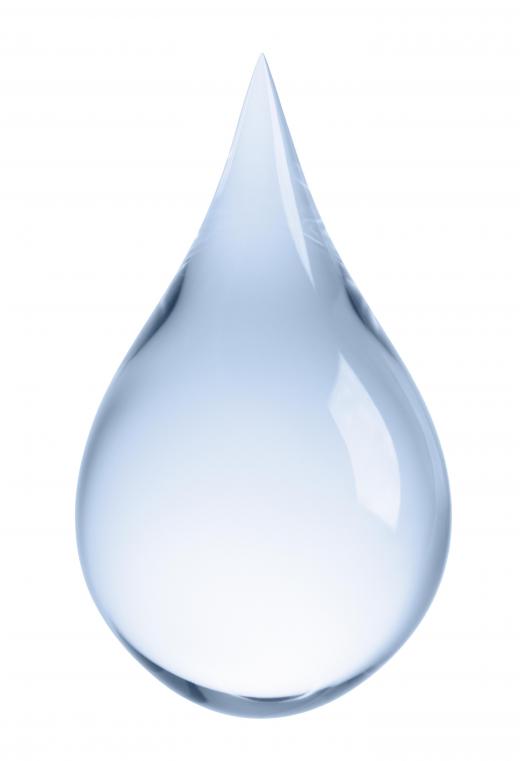What is Refraction?
Refraction is the bending of waves as they pass from one medium to another, due to a change in their speed. The phenomenon is most commonly associated with light, but can also apply to sound, or even water, waves. It happens when a series of waves travels toward the new medium at an angle, so that one side experiences a change in speed before the other, causing it to turn toward the slower side in the same way that a moving vehicle will tend to turn if one side is slowed more than the other. Refraction can cause objects to appear displaced, and may amplify distant sounds. It has many uses in the context of light, such as lenses and prisms.
Refractive Index

Every medium through which waves can move has a refractive index that indicates how fast they will travel. In the case of light, this is found by dividing its speed in a vacuum by its speed in that particular medium. It is a ratio between the speeds of the mediums, so it is not measured in any unit. The refractive index generally increases with the density of the medium: it is one for a vacuum and is greater than one for all known natural materials.

Air typically has a refractive index of about 1.00029, but this varies with temperature and pressure. For water, the value is about 1.33, and for glass, about 1.50 – 1.75, depending on the type. Diamond has a very high refractive index of 2.417, which produces the well-known sparkling effect.
Everyday Examples
The most common example used when discussing refraction is a straw in water. When a straw is placed in a glass of water and viewed from the side, it appears to be broken or bent. This is due to the difference in the refractive indices of air and water. Since water is denser than air, the straw appears to bend as the light it reflects is slowed by the density of the water. This phenomenon also makes submerged objects, such as fish, look closer to the surface than they actually are.

Since the refractive index of air varies with temperature and pressure, objects can appear displaced or distorted in certain conditions. The familiar illusion of water lying on a road on a hot day is one example: it is a refracted image of the sky caused by the heating of air close to the road surface. Sometimes layers of air at different temperatures and pressures can render objects that are over the horizon visible — this is known as a mirage. Differing layers of air can produce similar phenomena with sound. In the right conditions, distant sounds can seem close by because some of the sound waves, initially heading above the listener may be bent downward, increasing the volume.

A more common example is a rainbow, where sunlight is refracted by raindrops. Sunlight consists of a mixture of different wavelengths, or colors, of light, with blue, for example, having a shorter wavelength than red. When this light passes through raindrops, the shorter wavelengths are bent more than the longer ones, splitting the light into its different colors.
Uses

The most common uses of refraction are in lenses and prisms. A lens is designed so that light entering it is focused by refraction toward a point, producing a magnified image of an object. Lenses can be used in binoculars and telescopes to obtain detailed images of distant objects, or in magnifying glasses and microscopes to view very small objects, such as microorganisms not visible to the naked eye. A prism can be used to split light up into the different colors in much the same way as water droplets create a rainbow, but giving a more accurate image that can be used to analyze the light source in detail.
Snell’s Law
The phenomenon of refraction had been known at least since the time of the ancient Greeks, and a number of people through history have formulated laws to describe it, including Ibn Sahl of Baghdad, who in 984 came up with a very accurate description, which he used to create lenses. The Dutch astronomer Willebrord van Roijen Snell produced a mathematical law in 1621, which was later modified into the formula called "Snell's Law" by René Descartes in 1637. It can be used to calculate the angle of refraction for light passing through two different media.
AS FEATURED ON:
AS FEATURED ON:















Discussion Comments
It’s a lot like the straw in water phenomenon. Tall, skinny people look like they have fat legs and a short lower half.
Once I go underwater and look through my goggles, this effect disappears. Everything looks normal again. It only occurs when I’m looking at refracted light through the surface of the water.
I thought it was hilarious when I first noticed it as a child. Now, I just think of how inconveniently unflattering it is!
It is the first diamond I have ever owned, so I was surprised by this property. I sometimes sit staring at it, mesmerized by how magical it seems.
Many people have commented on how sparkly my ring is. It’s more than just shiny white light, though. It holds all the colors of the rainbow.
After I use jewelry cleaner on it, the effect intensifies. It’s probably not wise for me to spend so much time staring at it instead of watching where I’m going or what I’m doing, but I can’t seem to help myself!
The rainbows we see in the sky are usually more pastel than the ones this mirror casts. I’m not sure what makes them so bright, but they almost seem fake because of this.
I’ve also noticed the face of my watch casting rainbows on the walls in the sunlight. This happens in my car sometimes, and at first, the sudden motion of light is very distracting, but once I realize what it is, it becomes pleasant to me.
I notice wavy rainbows on the bottom of my pool in the middle of the afternoon. The sun must be at the proper angle to the water at that time to allow for the refraction of light into a rainbow.
These wavy colors dance across the bottom in time with the waves that the wind makes. If I am swimming in the pool, the motion is much more dramatic.
@LilDub - Reflecting telescopes tend to be preferred by astronomers because they use mirrors, which can be made much bigger than lenses, therefore providing a clearer image. Reflecting telescopes are also excellent at seeing in the dark, so to speak, because they collect and focus light. Alternately, refraction telescopes bend light, which can sometimes make images less clear.
Which is better, a refraction telescope or a reflecting telescope?
Post your comments